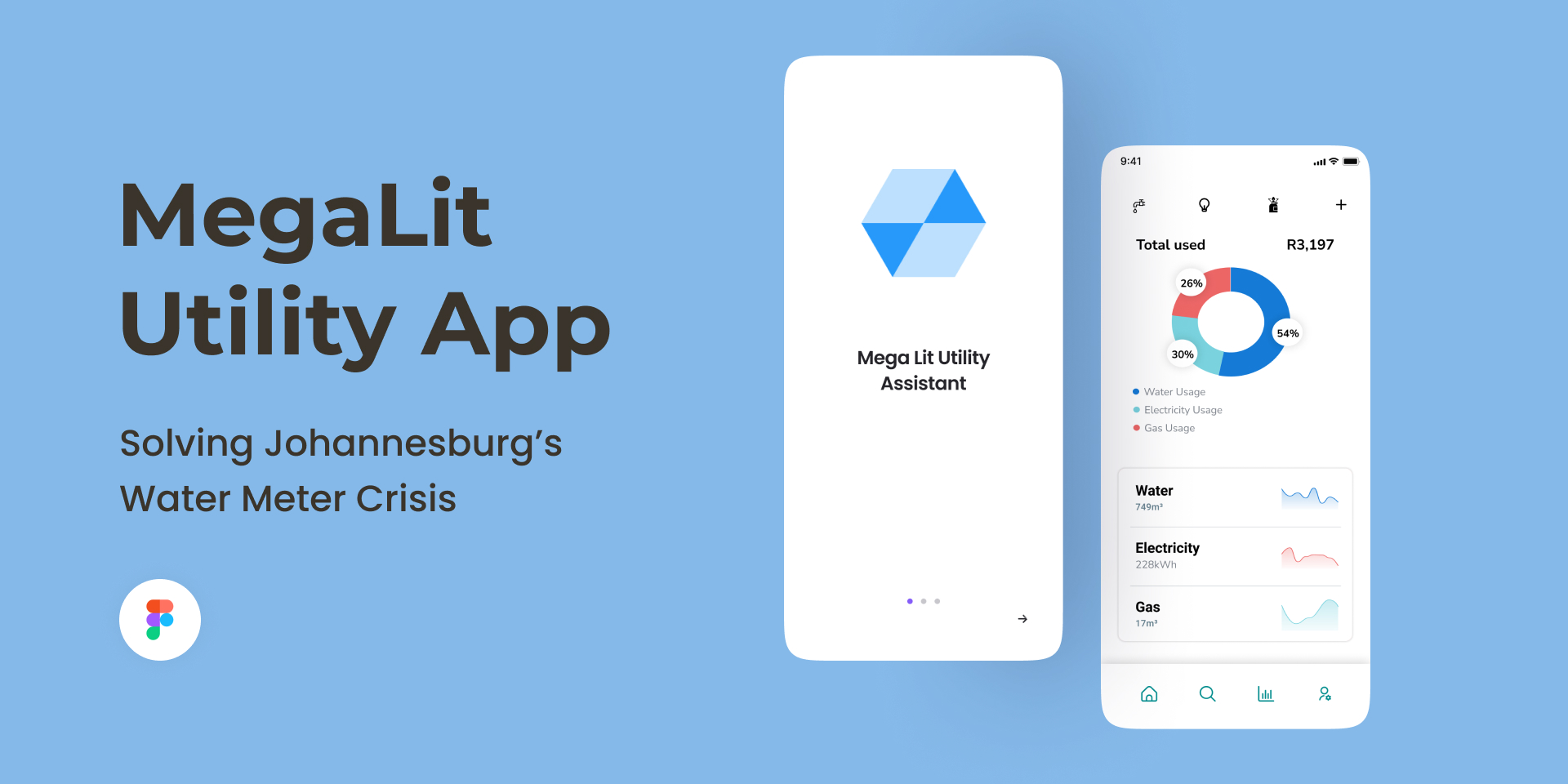
MegaLit Utility Application
In 2020, Dress Me Up emerged as a groundbreaking startup with a mission to revolutionise the fashion shopping experience. This venture aimed to seamlessly blend technology with the world of fashion, creating a platform that would transform how individuals discover, interact with, and personalize their fashion choices.
PUBLISHED
2021
Role
UX/UI Design
INDUSTRY
Start-Up Business
Link
-

Problem Statement
Residents of Johannesburg faced persistent issues with water meter readings – inaccuracies, delays, and subsequent billing inconsistencies. The existing bill payment systems were cumbersome and outdated, deterring timely payments and causing frustration. Our mission was to streamline these processes, enhancing the user experience for both the utility company and its customers.
Objectives & Goals
- Develop a digital solution that provides real-time, accurate water meter readings.
- Create an intuitive interface for streamlined bill payments, encouraging timely payments.
- Improve the overall user experience for both utility company staff and customers.

Challenges
- Addressing inaccuracies and delays in water meter readings.
- Modernizing the bill payment process in a user-friendly manner.
- Ensuring technology accessibility for all users in the region.
User Research
In the initial stages of the MegaLit project, comprehensive user research was conducted to gain deep insights into the challenges faced by residents of Johannesburg in managing their utility services. By actively engaging with the target audience and gathering valuable feedback, we aimed to identify and prioritize the most pressing pain points, laying the foundation for a user-centric utility management solution.
01
Water Meter Reading Inaccuracies
75% of users reported experiencing inaccuracies in their water meter readings, leading to frequent billing disputes and overcharges.
02
Timely Payments
A survey revealed that only 40% of users managed to make timely utility bill payments, with the majority facing difficulties navigating complex payment processes.
03
Customer Satisfaction
User feedback indicated a significant drop in overall satisfaction, with 60% of respondents expressing frustration and dissatisfaction with the existing utility management systems.
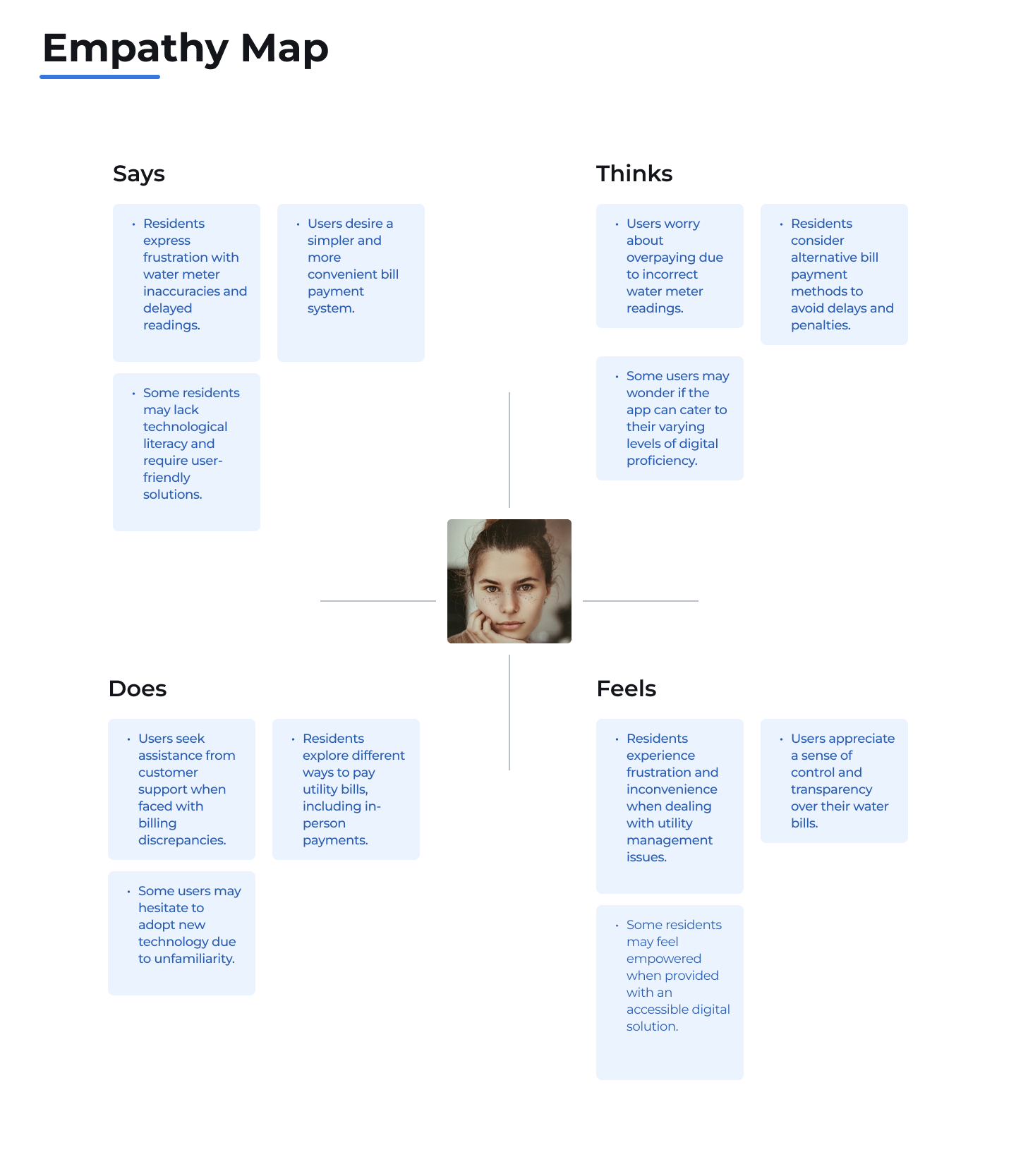
User Needs & Pain Points
User Needs:
- Accurate Meter Readings: Users need a system that ensures real-time and accurate water meter readings to prevent billing discrepancies.
- Simplified Bill Payments: Residents require an easy and convenient bill payment process to avoid delays, penalties, and frustrations.
- User-Friendly Interface: Some users, particularly those with limited technological literacy, need an intuitive and accessible app interface.
- Reliable Customer Support: Users expect responsive customer support to address any issues or concerns promptly.
- Transparency and Control: Residents want transparency in utility management, allowing them to monitor and control their water usage and payments.
Pain Points:
- Inaccurate Meter Readings: Users currently face issues with unreliable water meter readings, leading to billing errors and disputes.
- Cumbersome Payment Process: The existing bill payment system is cumbersome, causing delays and frustration among residents.
- Limited Technological Literacy: Some users struggle with technology, hindering their ability to use digital solutions effectively.
- Lack of Transparency: The current system lacks transparency, leaving users in the dark about their water usage and billing.
- Customer Support Challenges: Users encounter difficulties in reaching and receiving timely assistance from customer support when issues arise.
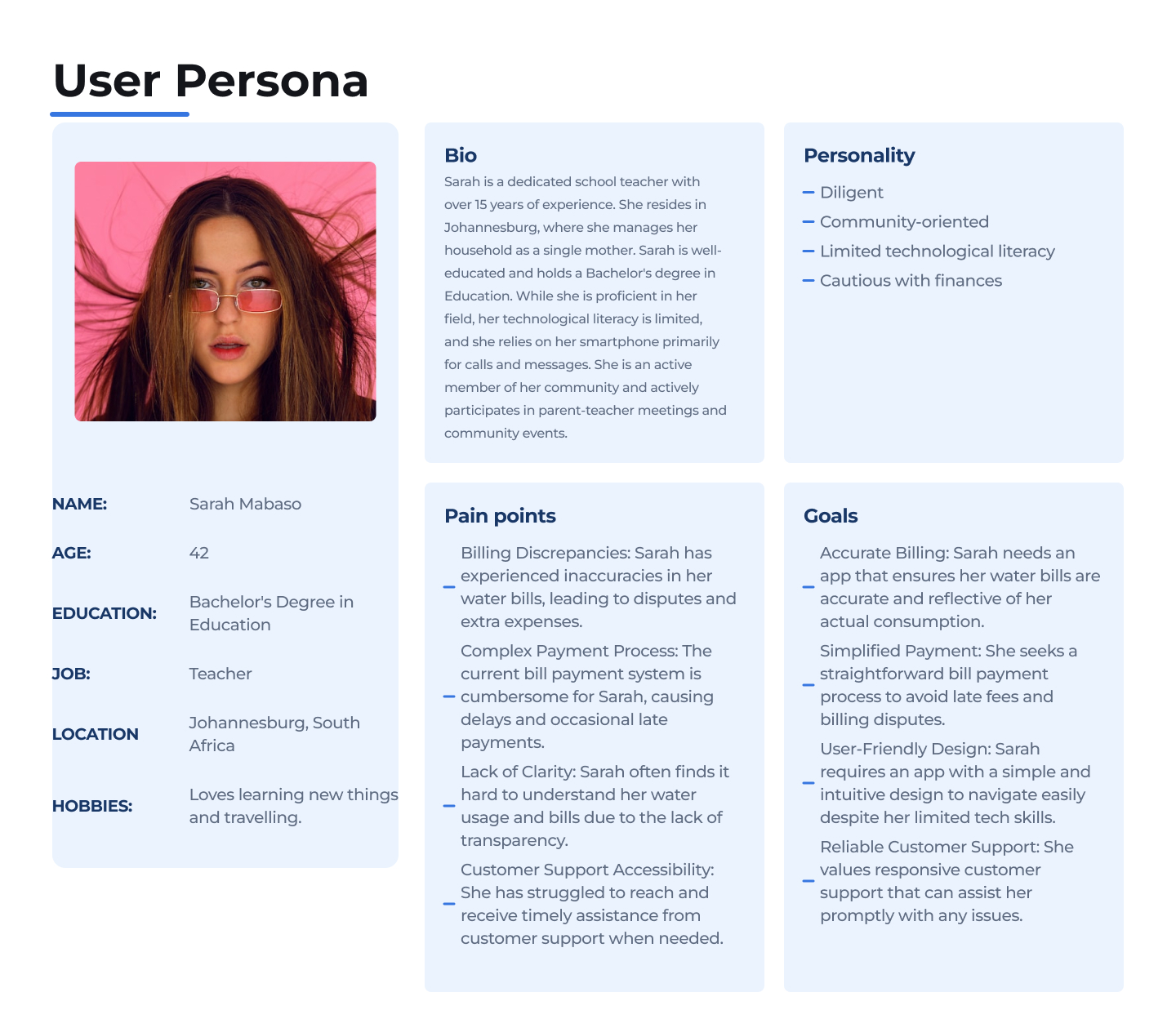
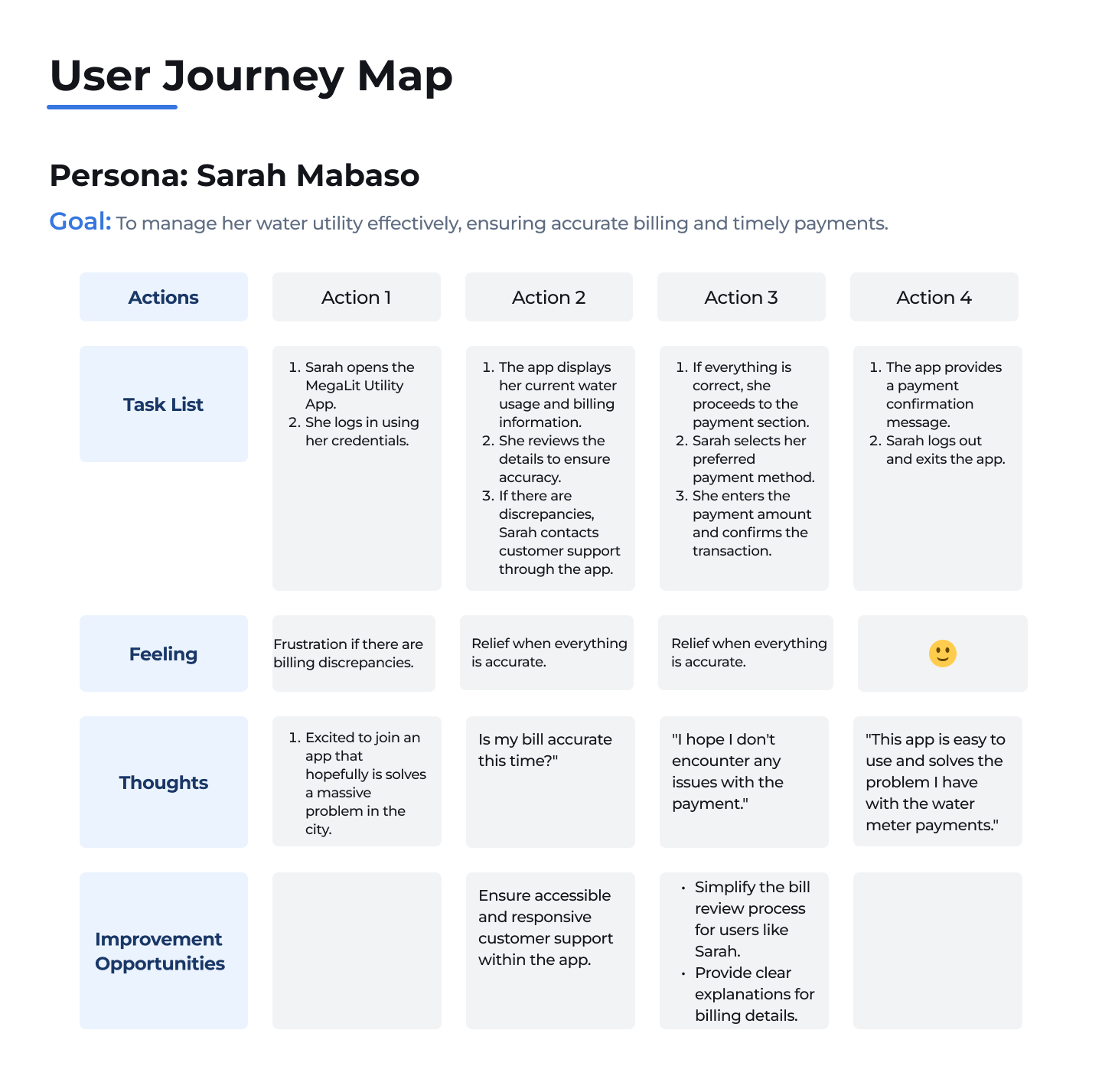
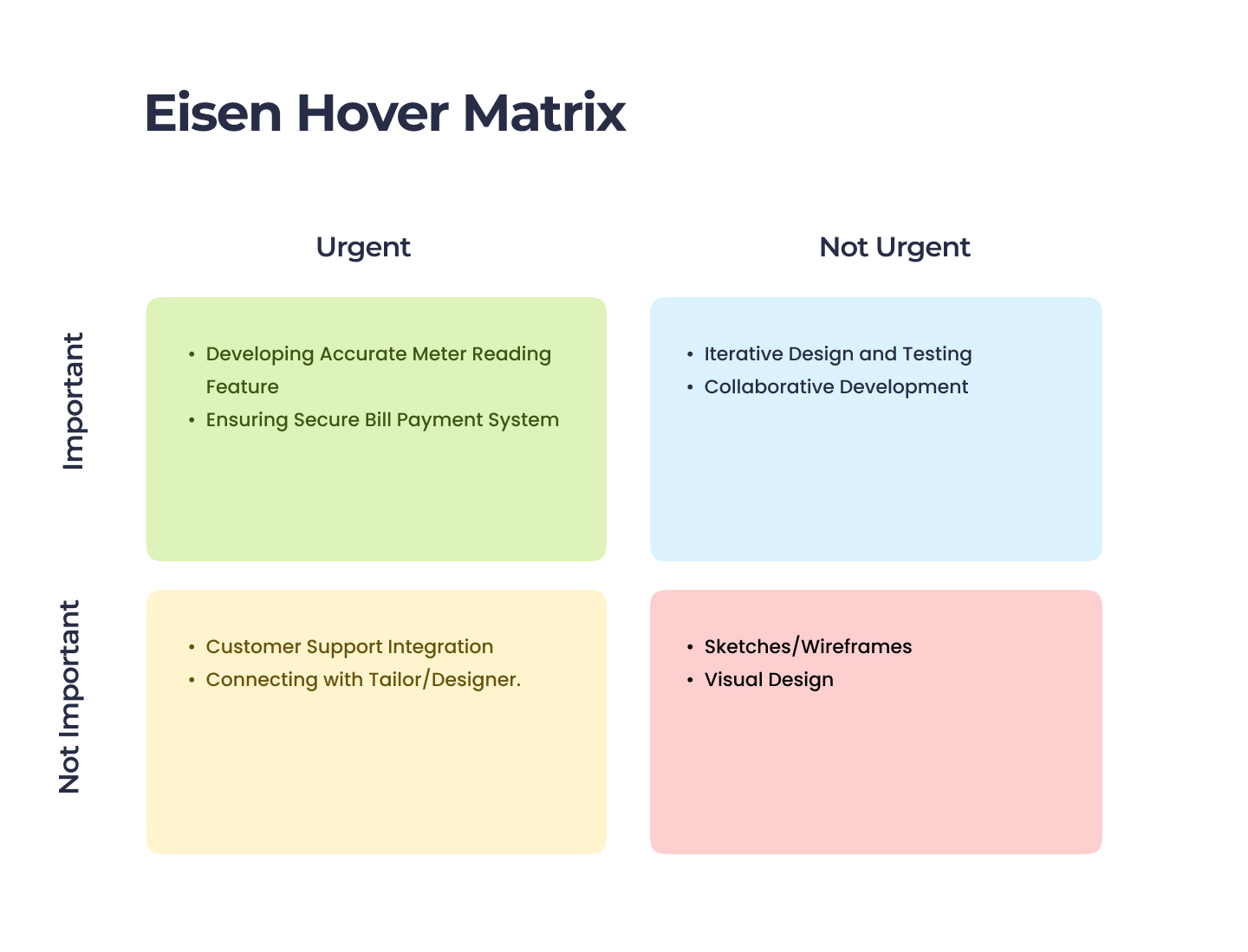
Unique Features
The MegaLit Utility App introduced several unique features that set it apart from traditional utility management systems:
- Real-time Water Meter Readings: MegaLit offered users the capability to obtain real-time water meter readings. This feature eliminated the delays and inaccuracies associated with manual readings, providing users with up-to-date information about their water usage.
- Streamlined Bill Payment: The app included a user-friendly and efficient bill payment system. Users could seamlessly view and pay their utility bills within the app, reducing the hassle of traditional payment methods and encouraging timely payments.
- Accessibility and Inclusivity: MegaLit was designed with a focus on accessibility and inclusivity. It accommodated users with varying levels of technological literacy, ensuring that even those with limited digital exposure could easily manage their utility accounts.
- Secure Payment Gateway: To guarantee the security of financial transactions, the app integrated a robust payment gateway. Users could make payments confidently, knowing their sensitive financial information was protected.
- Usage Analytics: The app provided users with detailed usage analytics, allowing them to monitor their water consumption patterns over time. This feature empowered users to make informed decisions regarding their water usage.
- User Feedback Integration: MegaLit featured a feedback system that encouraged users to provide insights and suggestions for improvement. This user-driven approach allowed the development team to continually enhance the app’s functionality and user experience.
- Multi-Platform Accessibility: To cater to users with varying levels of technological access, MegaLit was available as both a mobile app and a web application. This dual-platform approach ensured that a broader user base could benefit from the utility management features.
Task Flows





Information Architecture

Sketches/Wireframes
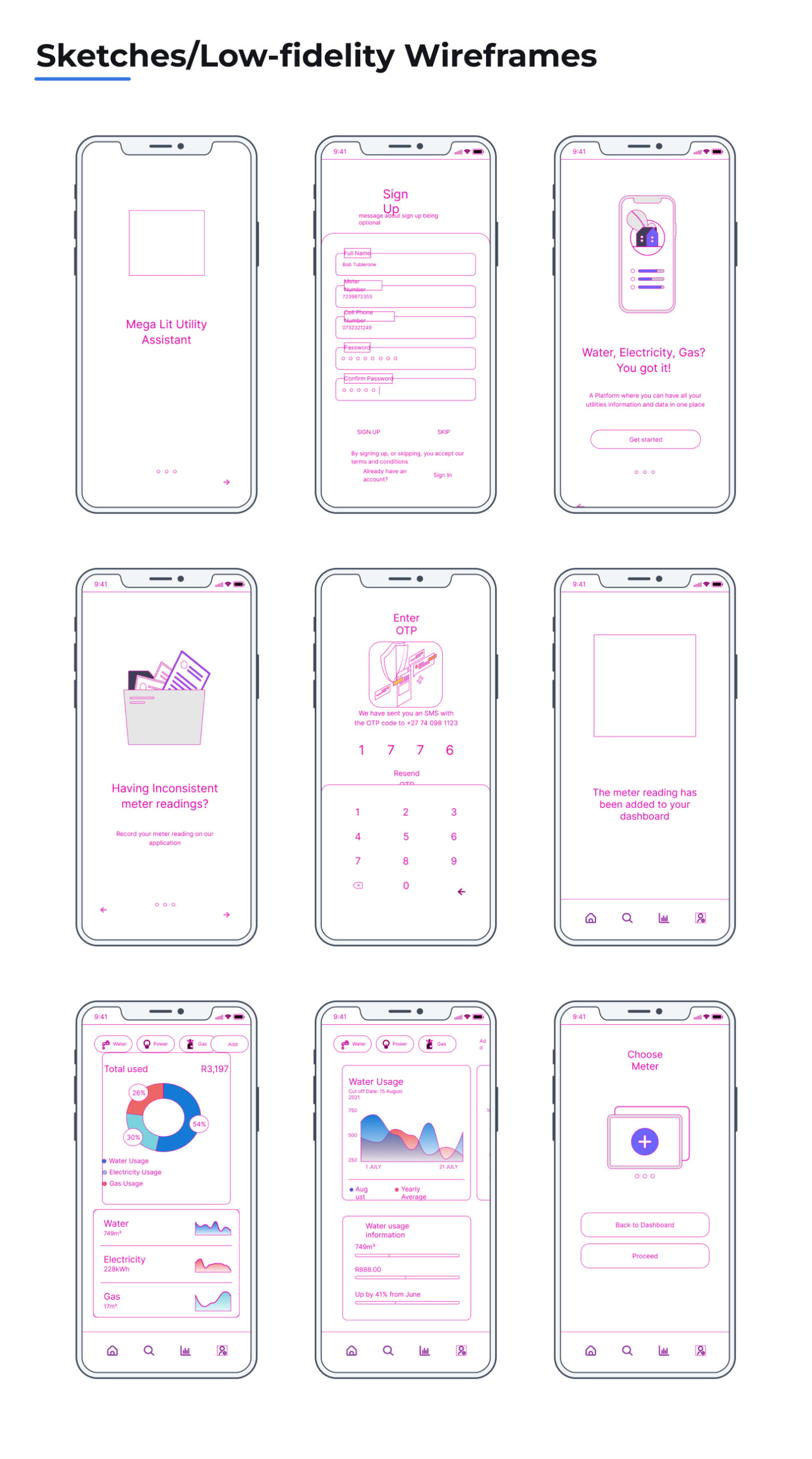
Final Designs
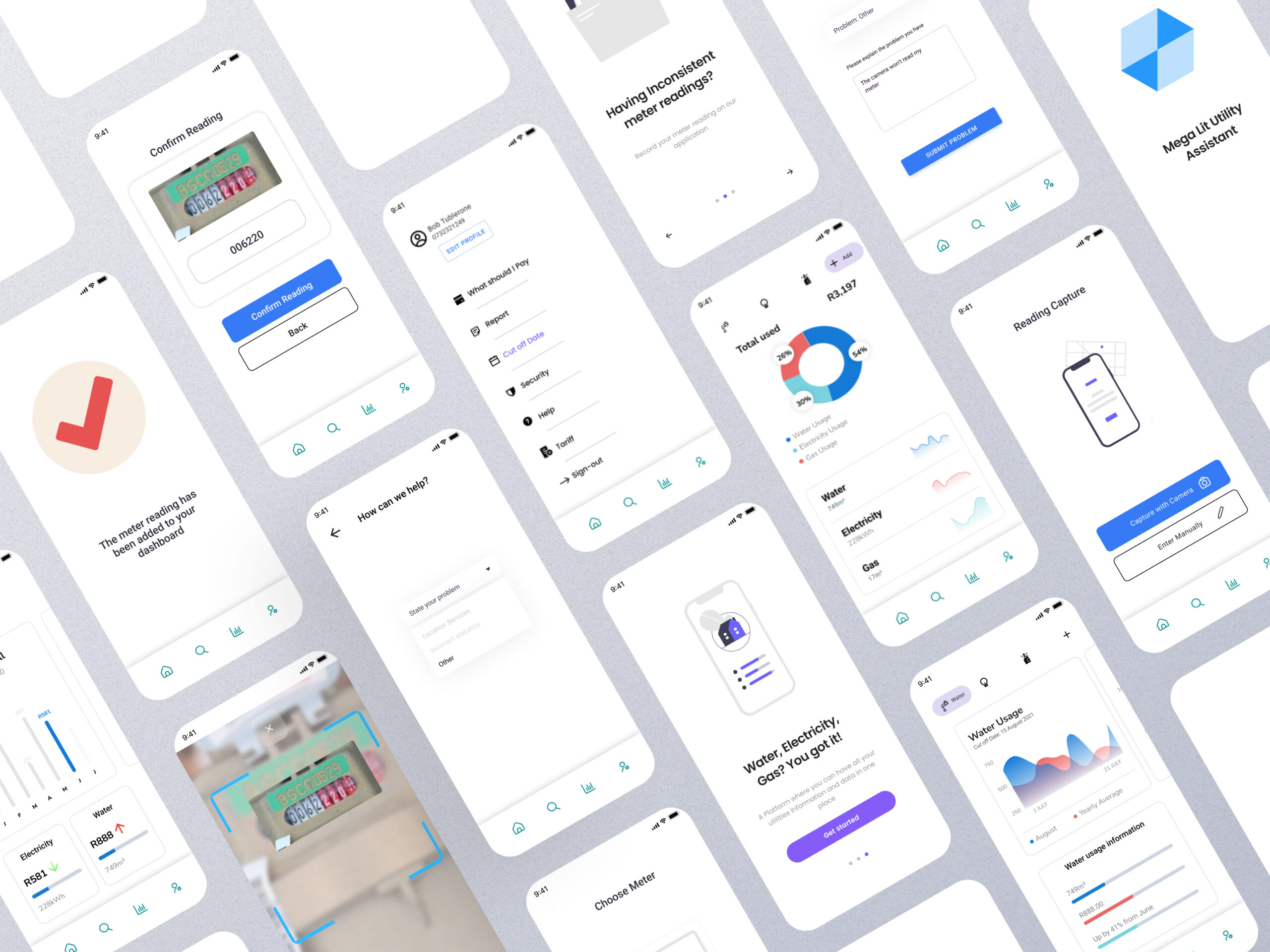
Conclusions
The MegaLit Utility App project, which was in development in 2021, represented a significant step towards addressing the persistent challenges associated with water meter readings and utility bill payments in Johannesburg. As the Lead UX/UI Designer for this project, I played a crucial role in shaping its design and user experience, with the aim of providing innovative solutions.
While the app did not reach its full launch and implementation stage, it had already begun to show promise in terms of the user experience enhancements it could offer. The strategic design principles, technology integration, and user-centric thinking applied during its development provided valuable insights into how digital solutions can transform utility management.
Reflections: Bridging Design with Community Needs The MegaLit project, despite not reaching full deployment, was a significant journey that highlighted the intersection of user-centered design, strategic planning, and technology. As the Lead UX/UI Designer, I gained insights that continue to influence my approach to creating digital solutions. Here are some reflections on this transformative project:
The Role of Empathy: MegaLit emphasized the crucial role of empathy in design. Understanding the specific pain points and challenges faced by Johannesburg residents regarding utility management was instrumental in shaping the app’s features and functionality. This experience reinforced my belief in the power of empathy as a driving force in creating solutions that truly address real-world problems.
Holistic Approach: MegaLit taught me the importance of taking a holistic approach to problem-solving. Beyond designing an intuitive user interface, I played a significant role in strategic planning and technological oversight. This holistic perspective allowed me to ensure that the app’s design principles seamlessly translated into a functional and reliable application.
Technology for Social Impact: The MegaLit project reaffirmed my commitment to using technology as a vehicle for social change. By developing tools that improve everyday life, we can make a meaningful impact on communities. This experience continues to fuel my passion for projects that blend functionality with meaningful outcomes.
Community-Centric Design: Designing a solution that catered to a diverse user base, from tech-savvy individuals to those with limited digital exposure, was both challenging and rewarding. MegaLit honed my skills in creating inclusive and accessible digital solutions, emphasizing that technology should be inclusive and accessible to all.
Balancing Design and Strategy: Throughout this journey, my role evolved beyond that of a designer; I became a problem solver, a strategist, and an advocate for user needs. MegaLit served as a vivid reminder that at the heart of every technological solution is a human story. This experience has become integral to my professional ethos, shaping my approach to projects that resonate deeply with their intended audiences.
In conclusion, the MegaLit Utility App project, while not reaching full implementation, was a profound lesson in blending design with community needs. It served as a valuable learning experience and a testament to the potential of technology in addressing real-world challenges. The insights gained from this project continue to guide my professional journey and commitment to designing solutions that make a positive impact on people’s lives.

© 2024 Matthew Rissik